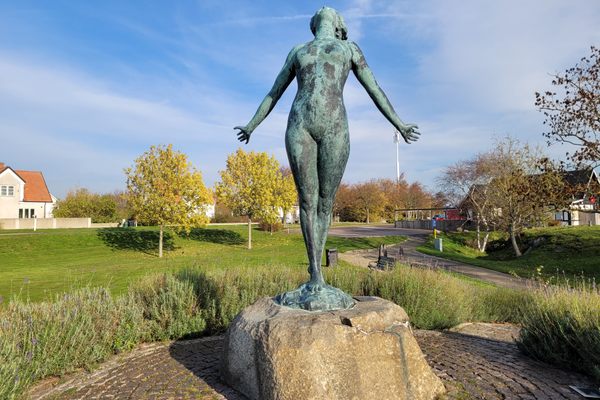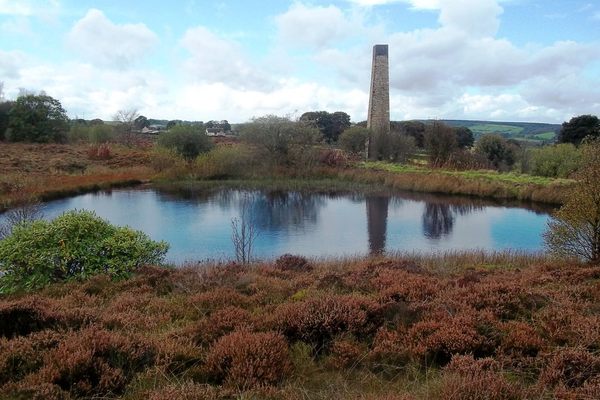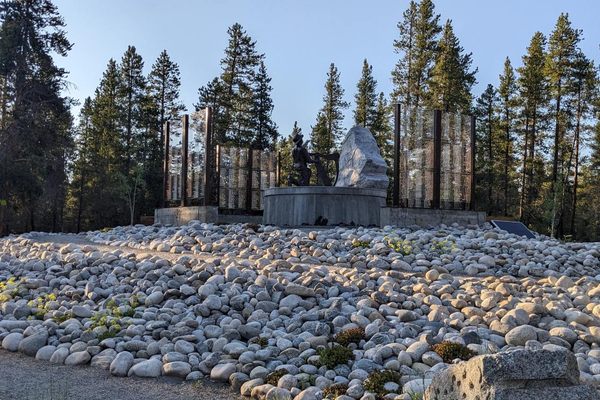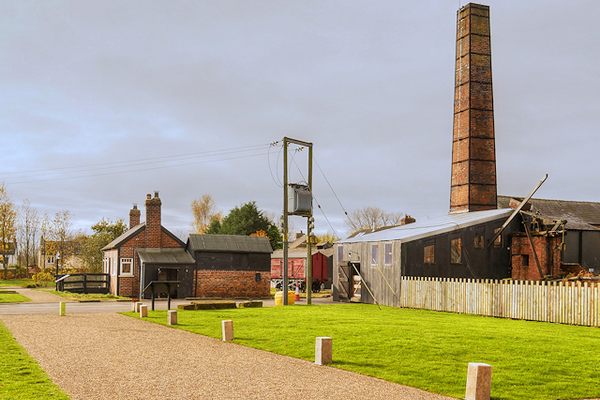AO Edited
Kalkugnarna
Preserved 19th-century lime kilns sit in southern Sweden.
The lime kilns were built in the middle of the 19th century when there was a large lime extraction in the area. As early as 1701, it is stated on a map of Östra Torp’s parish that Count Beck-Friis was allowed to “take lime on the properties no. 1”. This is the oldest known record of lime mining in this area.
Today there are about 10 preserved lime kilns northeast of Östra Torps village. The oldest were built in the mid-1800s, the youngest in the 1930s. The ovens are all of the so-called dome type. A “charge” was built up inside the oven through a hole in the side. This consisted of limestone interspersed in different layers with coal and it covered the entire dome space. In the floor there was a grate under which the fireplace was located. During the firing, the entrance hole was walled up and the fuel was applied from the back of the dome.
Each burning required five to six tons of coal and it lasted about 40 hours. The limestone was heated to about a thousand degrees and after the burning it was “extinguished” with water. After the lime was finished burning, it was filled into barrels and transported away via a constructed, narrow-gauge railway.
At the turn of the century in 1900, about eighty men were employed partly with the quarrying of the lime and partly with the burning. In 1938, the number was 48 people. The last time lime was burned in Östra Torp was in a kiln in 1951.
Know Before You Go
Small parking on the grass next to brick factory.



















Follow us on Twitter to get the latest on the world's hidden wonders.
Like us on Facebook to get the latest on the world's hidden wonders.
Follow us on Twitter Like us on Facebook